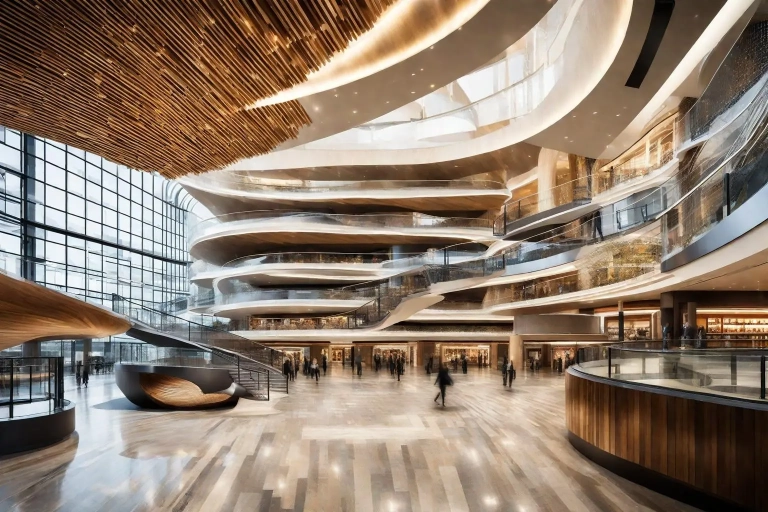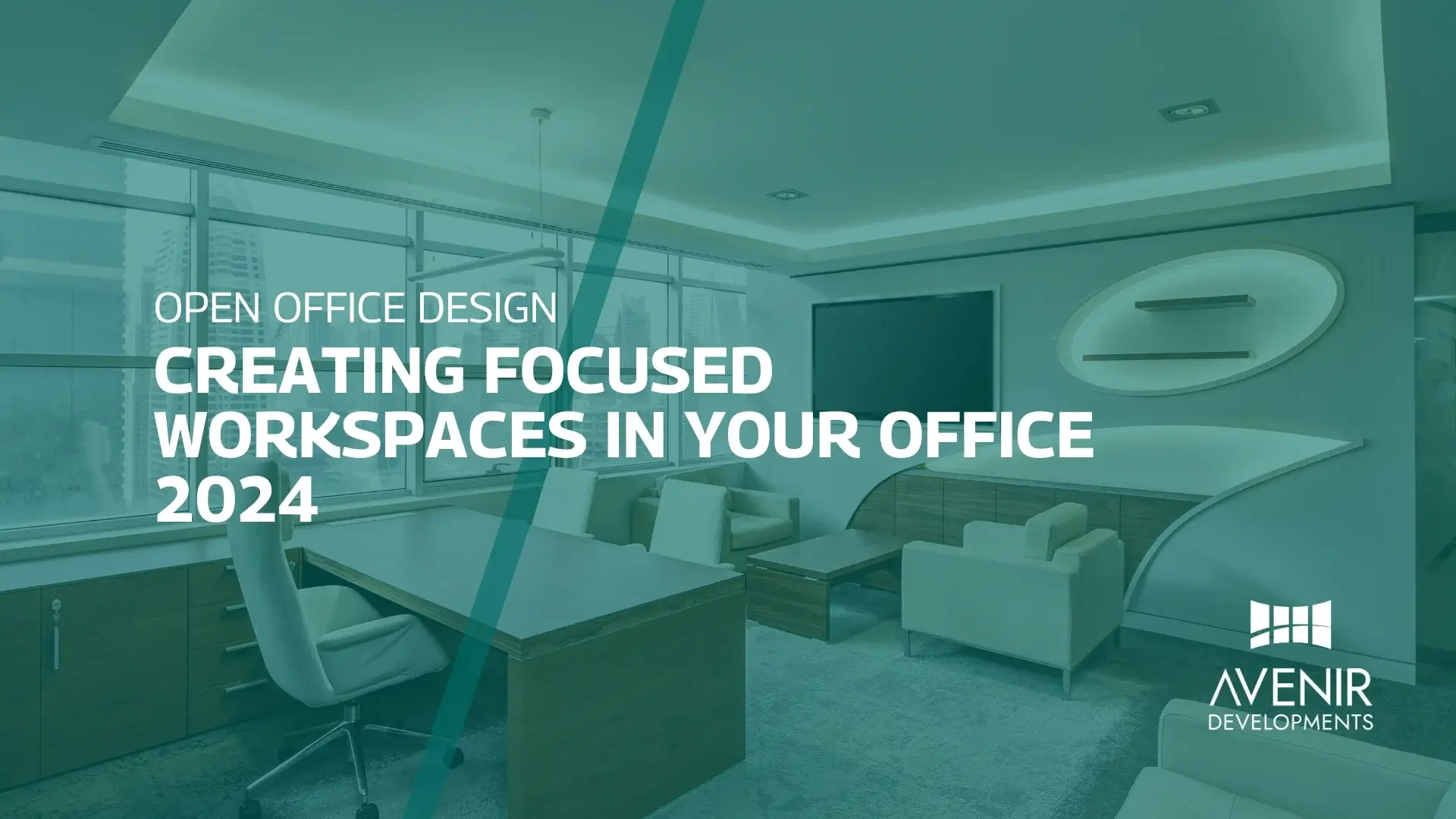Islamabadis know a thing or two about shopping! From the bustling Centaurus Mall to the historic Jinnah Super Market, our city offers a diverse range of shopping experiences. But have you ever stopped to think about the buildings themselves? The architecture of a shopping mall plays a crucial role in shaping your shopping experience.
Just last weekend, I found myself wandering through the newly opened Emporium Mall. Stepping inside felt like entering a different world – the open-air atrium flooded with natural light, the cleverly designed walkways guiding me seamlessly through different stores, and the rooftop cafes offering stunning city views. It was a far cry from the traditional, enclosed shopping malls I was used to. This got me thinking – how is shopping mall design evolving, and what trends are shaping the future of retail architecture?
A Journey Through Shopping Mall Design
Defining Shopping Malls:
Before diving into the latest trends, let’s establish a foundation. A shopping mall is a large, enclosed environment housing a variety of retail stores, restaurants, and sometimes even entertainment facilities, all under one roof. The concept originated in ancient Rome with the “macellum,” a marketplace that served social and economic purposes. Today, shopping malls are a global phenomenon, playing a significant role in consumer culture.
A Historical Perspective:
The first enclosed shopping malls emerged in 19th century America. These early malls, like the Cleveland Arcade (1890), were luxurious spaces designed to provide a comfortable and aesthetically pleasing shopping experience for the upper class. Post-World War II, the rise of the automobile and suburban living fueled the development of massive, enclosed shopping malls. These “mallscapes,” as they came to be known, offered a one-stop shop for all shopping needs, often featuring anchor department stores and standardized, often windowless, storefronts.
The Significance of Shopping Mall Design:
The design of a shopping mall impacts more than just aesthetics. It influences customer behavior, spending patterns, and overall satisfaction. A well-designed mall can create a sense of place, encourage exploration, and foster a sense of community. Conversely, a poorly designed mall can be confusing, claustrophobic, and ultimately deter shoppers.
Reimagining the Shopping Experience: Latest Trends in Shopping Mall Design
The traditional, enclosed shopping mall model is facing new challenges. The rise of online shopping has forced physical retailers to rethink their strategies. Malls are no longer just about shopping; they need to provide a unique and engaging experience to compete. Let’s explore some of the hottest trends driving the evolution of shopping mall design:
- Embracing the Outdoors: Gone are the days of sterile, windowless malls. Today’s architects are incorporating more natural light, open-air spaces, and rooftop terraces. This biophilic design brings the outdoors in, creating a more inviting and healthy environment for shoppers. Imagine sipping coffee on a rooftop cafe with panoramic city views – a far cry from the traditional food court!
- Experiences Beyond Shopping: Malls are transforming into multi-functional destinations. Think bowling alleys, movie theaters, rock climbing gyms, even art galleries! This approach caters to a wider audience and encourages people to spend more time at the mall, potentially increasing spending in stores.
- Community Hubs: Shopping malls are increasingly acting as community centers, hosting events, workshops, and even farmers’ markets. This fosters a sense of place and encourages people to see the mall as a gathering space, not just a shopping destination.
- Sustainability Matters: Consumers are becoming more environmentally conscious, and shopping malls are responding with sustainable design features. This includes using recycled materials, incorporating energy-efficient lighting and heating systems, and even incorporating green roofs that help regulate temperature and improve air quality.
Insights from Recent Developments:
The Pakistani government is actively promoting sustainable practices in the construction industry. The Islamabad Capital Development Authority (ICDA) recently announced new guidelines encouraging the use of green building materials and energy-efficient technologies in commercial projects, including shopping malls. This presents an exciting opportunity for architects and developers to embrace sustainable design in Islamabad’s shopping malls.
Demystifying Shopping Mall Design: A Q&A
Q: What are the benefits of these new trends in shopping mall design?
A: The benefits are numerous. These trends create a more enjoyable and engaging shopping experience for consumers, encouraging them to spend more time and money at the mall. They also promote a sense of community and cater to a wider audience. Additionally, sustainable design practices benefit the environment and can even lead to cost savings in the long run.
Q: What challenges do architects face in designing modern shopping malls?
A: Integrating diverse experiences, creating a sense of place, and ensuring a smooth flow of traffic within a mall are all complex tasks. Additionally, architects need to balance the needs of retailers with the desires of consumers, all while adhering to budget constraints and local building regulations.
Q: How does technology play a role in modern shopping mall design?
A: Technology is revolutionizing shopping mall design. Here are some key examples:
- Digital signage: Interactive displays provide shoppers with real-time information about stores, promotions, and wayfinding.
- Smart parking systems: These systems help drivers locate available parking spaces and streamline the parking experience.
- Mobile apps: Mall apps offer personalized shopping experiences, allowing users to browse store directories, access loyalty programs, and even order items for pick-up or delivery.
Expert Tips for Creating Thriving Malls
As a blogger who frequently explores Islamabad’s shopping scene, here are some insights for creating successful modern shopping malls:
- Focus on the Customer Journey: Map out the shopper’s experience from entering the mall to leaving. Ensure clear wayfinding, comfortable seating areas, and a variety of amenities like restrooms and charging stations.
pen_spark - Embrace Local Culture: Incorporate elements of Pakistani design and aesthetics into the mall’s architecture and interior design. This creates a sense of place and resonates with local shoppers.
- Prioritize Sustainability: Implement eco-friendly practices throughout the design, construction, and operation of the mall. This aligns with the government’s initiatives and caters to environmentally conscious consumers.
- Curate a Unique Experience: Don’t be afraid to experiment! Offer a diverse mix of stores, restaurants, and entertainment options that cater to a variety of interests. This sets your mall apart from the competition.
Conclusion
The future of shopping malls is bright! Architects are moving away from the sterile, cookie-cutter designs of the past and creating vibrant, multi-functional spaces that cater to the evolving needs of consumers. As a resident of Islamabad, I’m excited to see how these trends translate into the city’s shopping landscape.
Call to Action:
Islamabad is a city on the rise, and its shopping scene is evolving rapidly. If you’re an architect or developer looking to create a world-class shopping mall, Avenir Developments can help! Our team of experienced professionals offers expertise in architecture, interior design, and construction management. Contact us today on WhatsApp or Call +923001101103 to discuss your vision and turn your dream mall into a reality. Let’s revolutionize retail in Islamabad, together!







